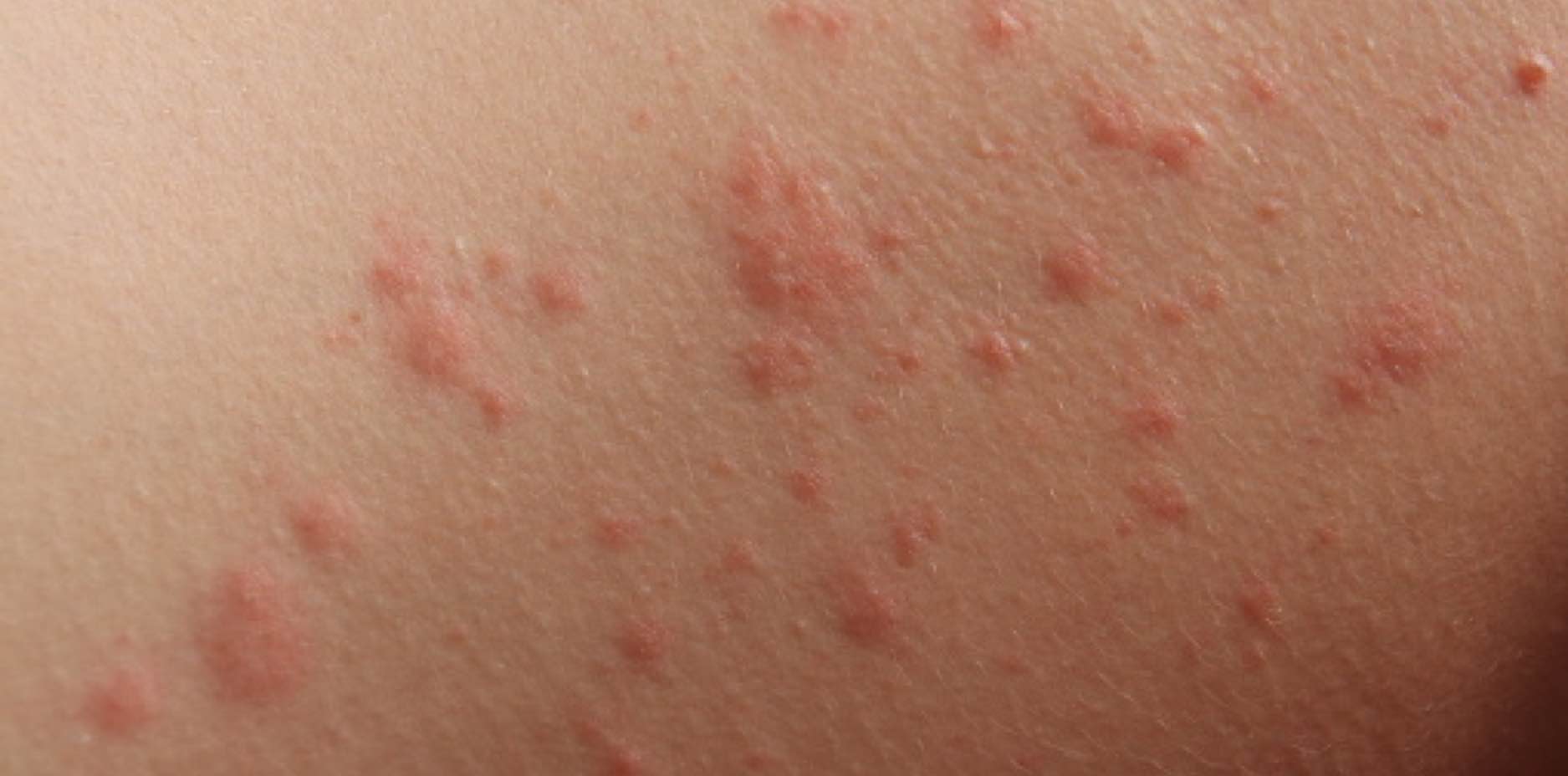Why do I get chlorine rash after swimming?
If swimming in a pool leaves your skin feeling tight and itchy, you’re not alone. Chlorine is a chemical that’s widely used to kill bacteria and germs in water. Chlorine does its job well, but it can also irritate your skin. From red and inflamed patches to scaly and crusty lesions, chlorine rash symptoms can range from uncomfortable to downright painful.
IN THIS POST
- How chlorine affects your skin
- If you can be allergic to chlorine
- Types of chlorine rashes
- How to treat chlorine rashes
- What you need to know about how chlorine affects skin if you have eczema or psoriasis
- Ways to protect your skin from chlorine
Can chlorine damage my skin?
No, chlorine doesn’t generally damage skin. But it can irritate it and aggravate other conditions. It can also cause dryness. This is because it’s derived from salt, which dries out skin. When chlorine affects the outer layers of skin, uncomfortable symptoms can result.
Chlorine-related skin symptoms
- Rashes
- Swelling and inflammation
- Dryness and flakiness
- Worsening of existing skin conditions like eczema and psoriasis
Could I be allergic to chlorine?
No, chlorine is not an allergen, so you cannot be allergic to it. But for some, exposure to chlorine can prompt allergy-like symptoms.
For example, if you have chlorine sensitivity, swimming in a pool may make your eyes water and cause wheezing, sneezing and coughing. Chlorine can also lead to allergy-like symptoms if you have asthma. And chlorine can bring about exercise-induced bronchoconstriction and difficulty breathing.
If you notice allergy-like symptoms after swimming in chlorinated water, it’s a good idea to see a clinician.
What does chlorine rash look like?
A chlorine rash is a type of dermatitis and resembles the skin’s reaction to poison ivy or poison oak. Symptoms can range from small, raised and red bumps to large, swollen and painful blisters.

Chlorine rash treatment
While symptoms like an itchy rash are uncomfortable, they should clear up within a few days. In addition to avoiding repeated chlorine exposure, taking the following steps can bring relief.
Chlorine rash treatment tips
- Take a shower – Remove all traces of chlorine from skin by showering immediately after exiting the pool. Use a mild soap or special chlorine removal body wash, rinse with warm water and gently pat skin dry.
- Use a moisturizer – Relieve dry skin, restore moisture and help repair skin by applying a gentle and hypoallergenic lotion or cream.
- Quiet inflamed and itchy skin – Take an over-the-counter oral antihistamine to relieve itching and apply an over-the-counter 1% hydrocortisone cream to calm inflammation.
If the chlorine rash doesn’t go away, is painful or spreads, it’s a good idea to seek advice from a clinician who can determine whether you have a more serious skin condition that needs a prescription cream or an infection that requires an antibiotic.
Does chlorine make eczema worse?
In most cases, it’s ok to swim if you have eczema. But it’s a good idea to avoid swimming when you are actively experiencing a flareup or have open sores or lesions. It’s also important to rinse chlorine from your skin after swimming and follow-up with a gentle moisturizer. And if chlorine exacerbates your eczema, it’s best to avoid chlorinated pools and opt for a freshwater option.
How to protect skin from chlorine
There’s no sure way to completely prevent chlorine rash, especially if you have sensitive skin or an underlying skin condition. But there are steps you can take to reduce your risks.
Chlorine rash prevention tips
- Limit exposure – Contact dermatitis conditions like chlorine rash tend to get worse with repeated and/or prolonged exposure. Therefore, reducing the number of hours and days you spend in the pool can help keep skin calm and happy.
- Build a barrier – Applying a thin layer of Vaseline or Aquaphor ointment provides a barrier and helps protect skin from chlorine and other irritants.
- Listen to your nose – If a whiff of your local chlorinated pool water burns your nose hairs, just think of what that water may do to your skin.
- Change and wash up – Change out of your wet swimsuit and wash off your skin promptly after exiting the pool. Remember to follow up with a gentle moisturizer.
Take care of your skin
An afternoon at the swimming pool is a great way to cool off and have fun. Unfortunately, it can also leave your skin feeling itchy and irritated. Get fast treatment for chlorine rash online at Virtuwell – no appointment needed.
Share this post
Do you know someone who could use a simple & affordable healthcare option?

